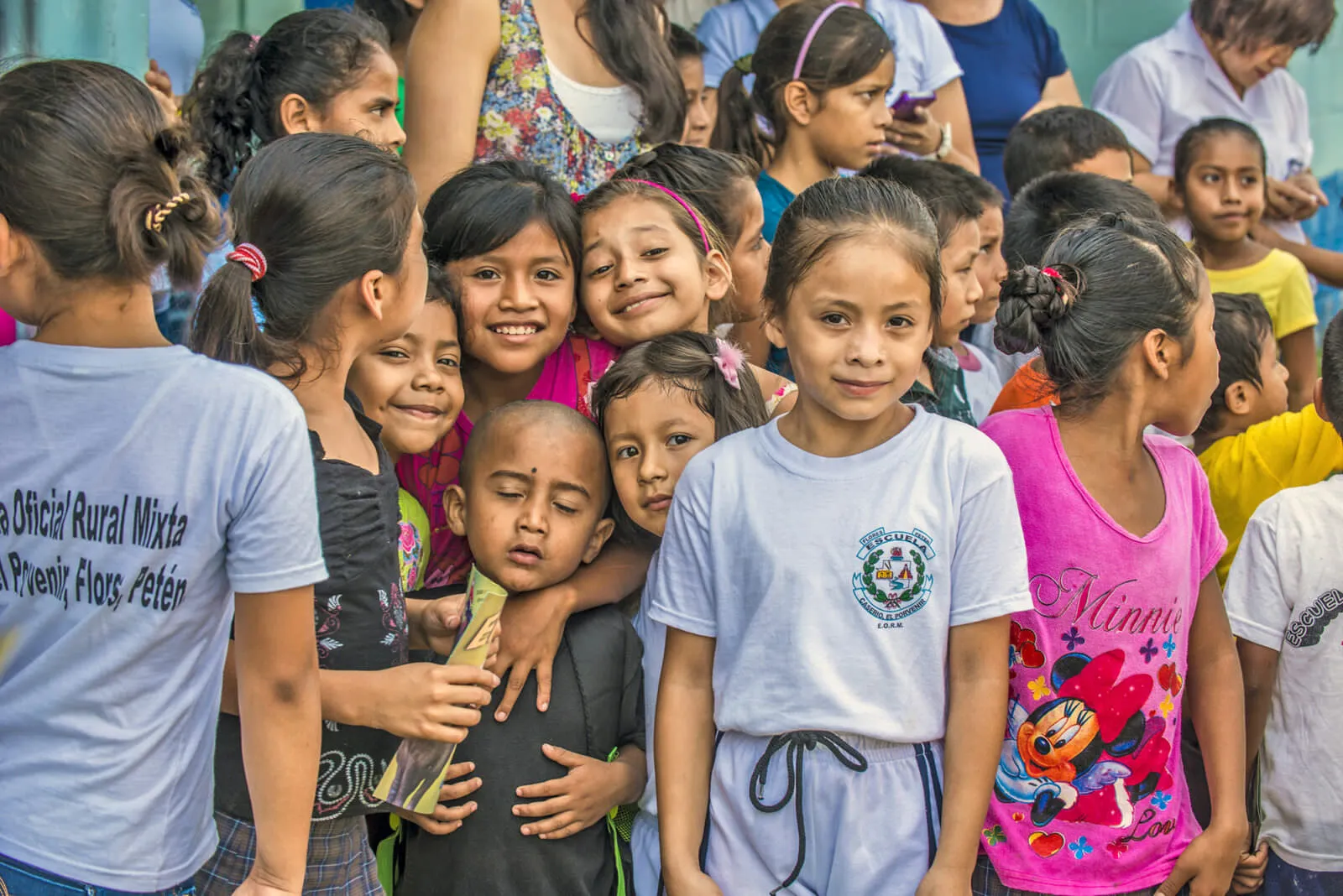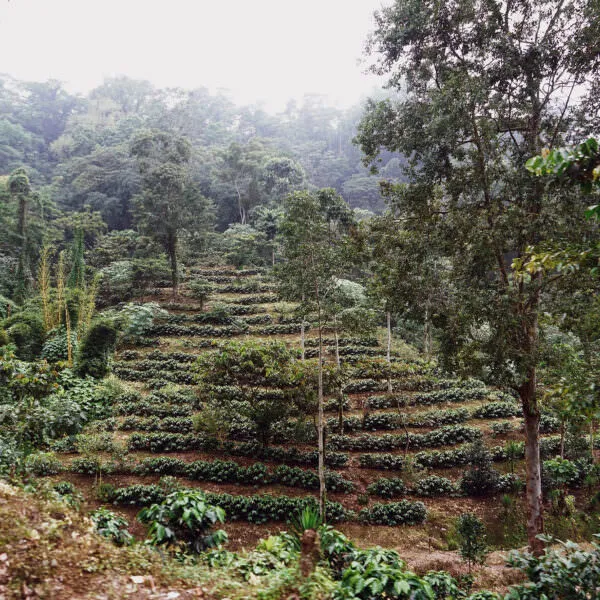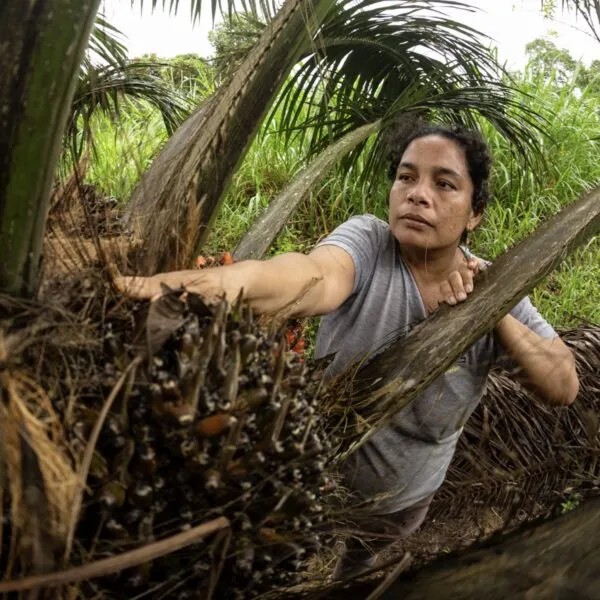As the old adage goes “It takes a village to raise a child.” At the Rainforest Alliance, we believe this wisdom holds true to the thorny issue of child labor on farms. Think of it as one big “global” village—bringing together parents, teachers, and farmers, but also governments, NGOs, businesses, and the millions of individuals making better choices about food and how it’s produced. We can all play a crucial role to ensure that all children grow up in dignity. So, who’s with us?
For the first time in two decades, the number of children involved in child labor has risen. An alarming report, published in 2021 by the International Labour Organization and UNICEF, estimates that numbers have risen to 160 million worldwide—an increase of 8.4 million children in just four years. An additional nine million children are also thought to be at risk due to the impacts of COVID-19, which saw schools shut down around the globe. What has not changed is that the vast majority of these children work in agriculture.
Not all child work on farms is harmful. In fact, safe and age-appropriate tasks—out of school hours—on a parent’s farm can be a great way for children to earn pocket money and gain important skills. The line is crossed, however, when children perform hazardous work that is likely to harm their health or limit their education. For example, in the cocoa sector, children are often given strenuous jobs, such as gathering and breaking cocoa pods, carrying water, and carting heavy loads.
6 Pathways Towards Child Labor Free Farms
So, what can be done? “Banning child labor is commonly perceived as the magic bullet, but it’s not enough” says Kunera Moore, the Rainforest Alliance’s Human Rights and Livelihoods Senior Manager. In fact, our many years in certification have shown that a punitive approach often drives abuses underground. This makes the problem even harder to detect, let alone resolve.
The best way to eliminate child labor is to tackle its root causes, which range from rural poverty and weak law enforcement to traditional gender norms and a lack of access to quality education.
With these in mind, here are some of the pathways the Rainforest Alliance is taking:
1. Supporting small-scale farmers through certification
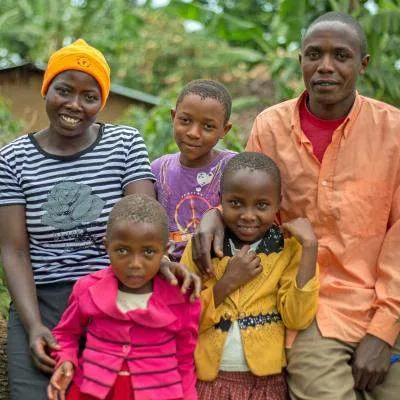
Across West Africa, around two million small-scale farmers produce nearly 70 percent of the world’s cocoa. Of these, up to one million are working hard to implement our recently strengthened certification requirements. Our new, risk-based “assess-and-address” approach focuses on prevention, engagement, and improvement—the goal being to support and encourage farmers to face issues head on. That’s why our 2020 Certification Program introduces new requirements for companies to invest in the farmers we partner with.
Last year, we also launched our new US $5 million Africa Cocoa Fund to support farming communities implementing our standards across West and Central Africa. Following an open call for applications, the Kuapa Kokoo cooperative in south Ghana was one of the first partners selected. Their winning project will set up community-based child protection systems across the Ashanti region and will focus on protecting local children from hazardous farm work and supporting them to stay—and succeed—in school.
2. Raising Community Awareness of the Impacts of Child Labor
Changing community attitudes on child labor—especially through increased awareness of its harmful impacts on children’s development—has a far greater (and more long-lasting) impact than approaches rooted in punishment or fines. And in our experience, community-led Child Protection Committees are one of the most effective tools for shifting cultural norms—especially when respected local authority figures get involved.
In West Africa, together with Child Rights International, we partnered with the Kokoo Pa cocoa cooperative to set up committees in 218 farming communities across the Ashanti, Brong-Ahafo, and western regions of Ghana. Committee members have been trained to identify and report child labor cases to the Department of Social Welfare, and also to address other children’s rights issues—especially those facing young girls, such as teenage pregnancy, school dropouts, and gender-based violence. Within the first two years of the initiative, 146 child labor cases were successfully resolved, with families receiving follow-up support to re-enroll children in school. A further 400 child protection cases were also resolved through education and counselling for both children and parents.
3. Working with Ugandan teachers to keep kids in school
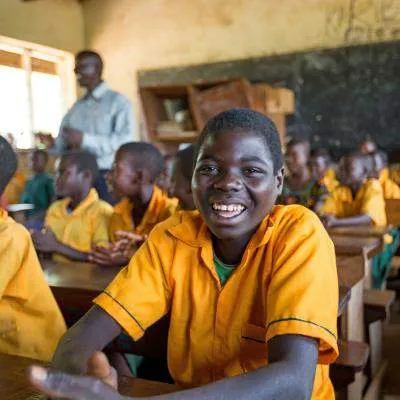
We all know how important teachers are for the nurturing of bright young minds. And in remote and impoverished farming communities where child labor risks are high, they are uniquely positioned to help. In Uganda, we teamed up with the National Teachers Union to train teachers to monitor for warning signs (like student absences) and take swift follow-up action.
Studies show that higher education rates lead to lower instances of child labor on farms, but in Uganda, up to 50 percent of children do not complete their primary schooling. To encourage students—and unleash their inner talents—we have set up remedial support and catch-up classes, as well as extra-curricular clubs for sports, debating, and drama. As our Uganda team lead, Rashida Nakabuga, observes “The kids come to play but stay to learn.” In fact, in just three years, the program, which operates in 27 primary schools across the West Nile coffee-growing region, has led to increased enrolment, lower drop-out rates—and, crucially, much higher parental support for education.
“The kids come to play but stay to learn.”
Rashida Nakabuga, uganda director, rainforest alliance
4. Investing in women across Côte d’Ivoire
Ask any sustainability expert and they’ll tell you that women’s empowerment is a rising tide that lifts all boats. For example, women typically put a higher proportion of their earnings towards their families than men. This brings a whole wave of positive impacts for child protection—from better healthcare to higher rates of school attendance. But for this to happen, rural women must first have access to the same resources, training, and opportunities as men.
In Côte d’Ivoire, together with local NGO, Orassur, we have set up Village Savings and Loan Associations (VSLAs) in 22 cocoa-growing communities across the east and southwest. Developed in tandem with community-based Child Labor Committees, these associations promote income-generating activities among their members, with a strong focus on women, who are often cut off from independent access to finance. The VSLAs also help members manage an education fund to cover the cost of school fees for their children.
5. Influencing government action on child labor
Government action can go a long way towards ensuring that rural children are protected from harm. Our local and global advocacy teams petition national governments to strengthen support for rural communities and enforce labor laws. They also call on international bodies, like the European Union, to enact corporate accountability legislation requiring businesses to prevent and respond to human rights abuses in their supply chains.
The Rainforest Alliance also supports government policies to ensure access to free and quality education. This gives rural communities—who often can’t afford school fees—a viable alternative to encouraging children to work. For example, in Côte d’Ivoire, government officials have taken a leadership role in district Child Protection Committees that we have set up in partnership with the NGO Afrique Secours et Assistance. By working together, we have led successful campaigns to sensitize cocoa farmers about hazardous forms of work and enabled parents to get birth certificates for their children (which are needed for school enrollment). This is a promising start, especially since similar initiatives in Uganda have shown that initial buy-in from local government can lead to more investment in education and child protection down the line.
6. Partnering with companies to end child labor on Farms
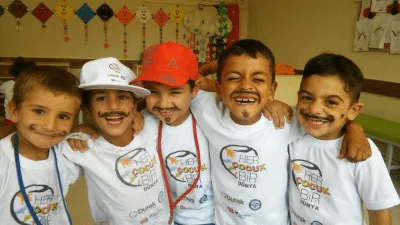
The Rainforest Alliance supports many of the world’s biggest companies in their sustainability commitments to end child labor on farms—from rigorous risk management, monitoring and remediation systems through certification to sector innovation projects targeting closely related issues, like rural poverty. For example, companies can help farmers achieve a living income by supporting them to adopt nature-friendly growing techniques that are proven to boost yields and build better livelihoods. Planting shade trees, for instance, helps cocoa and coffee farmers build resilience to climate change impacts like drought, which can lead to failed harvests. And if fruit-bearing trees (like avocado) are planted, farmers can also sell the fruit and gain additional income streams.
We also partner with several companies on parallel initiatives to get children off farms and into the classroom. For example, in Turkey, our long-term partner, Durak Hazelnuts, runs a fantastic summer school program for the children of seasonal migrant workers who travel to the Black Sea coast each August for the hazelnut harvest. Math, science, and reading are taught, but fun is top of the curriculum with plenty of time set aside for sports and creative crafts.
A “Wake-up Call”
The post-COVID spike in child labor cases worldwide is bitterly disheartening—and all the more so as it reverses the previous downward trend that saw child labor numbers fall by 92 million between 2000 and 2016. But as the experiences of our “global village” show, huge strides can be made. “The International Labour Organization has rightly called these numbers a wake-up call,” says Kunera Moore. “So let this also be a turning point—one where we acknowledge how crucial it is for businesses to take action, and where we all step up to do our part.”
